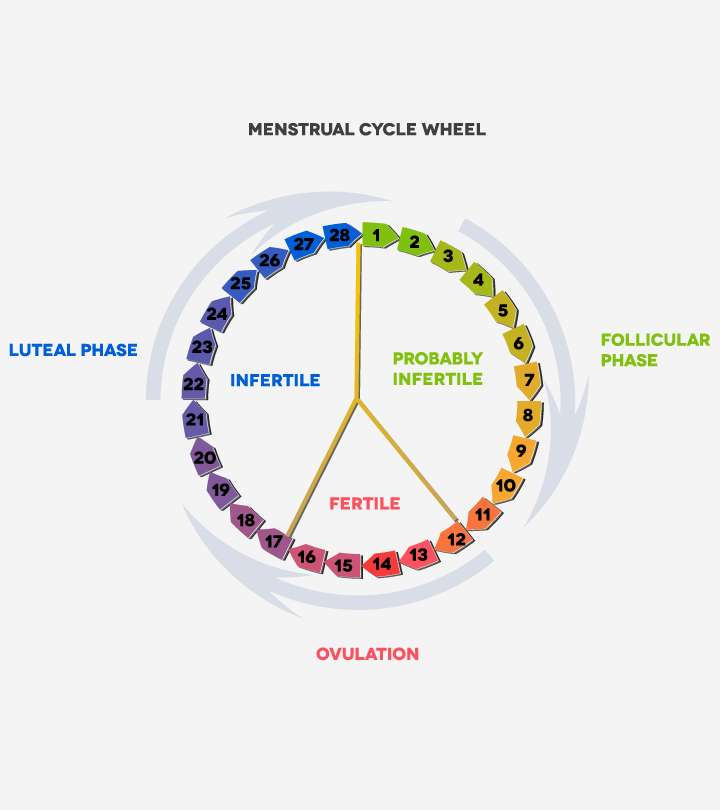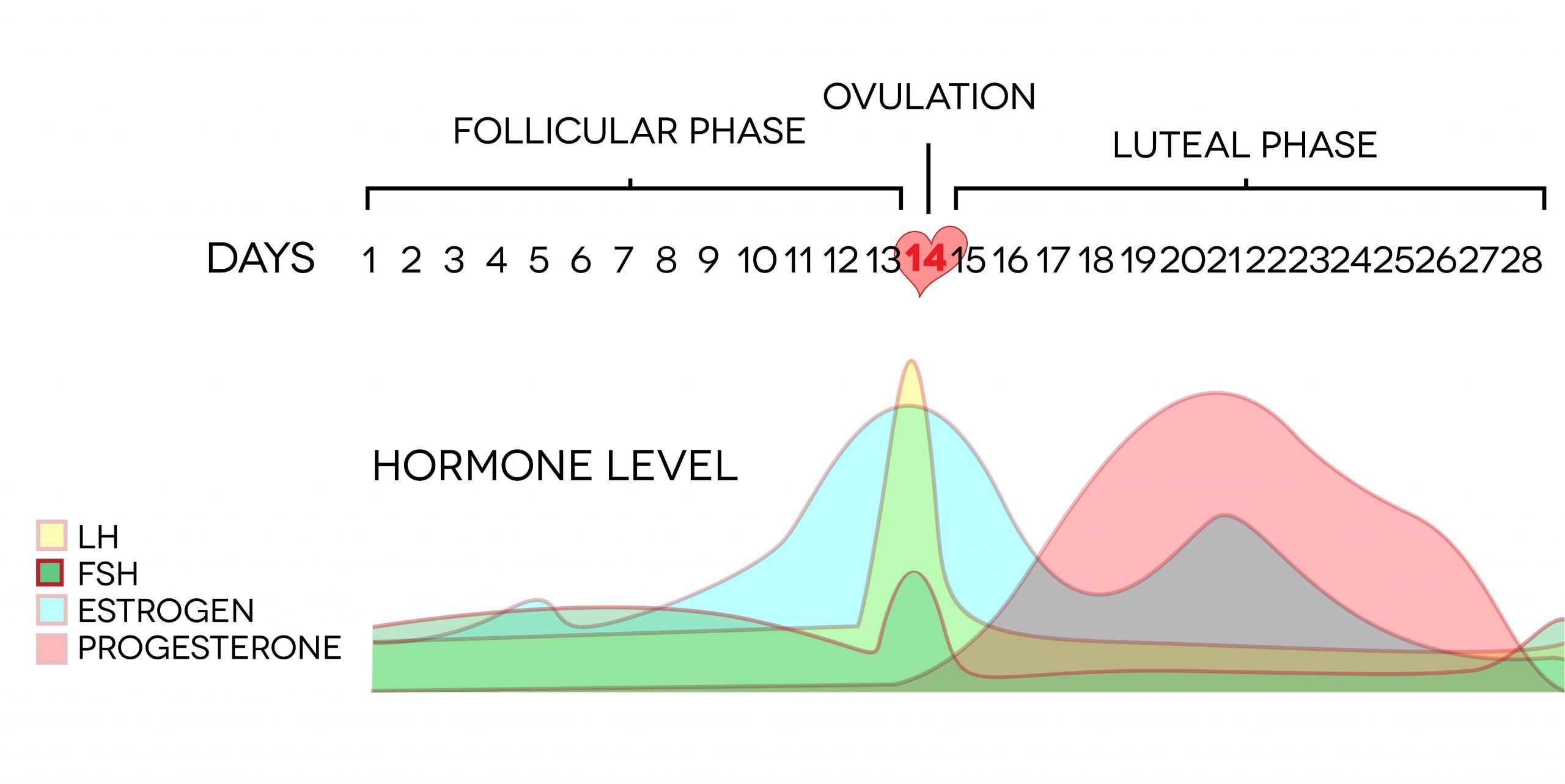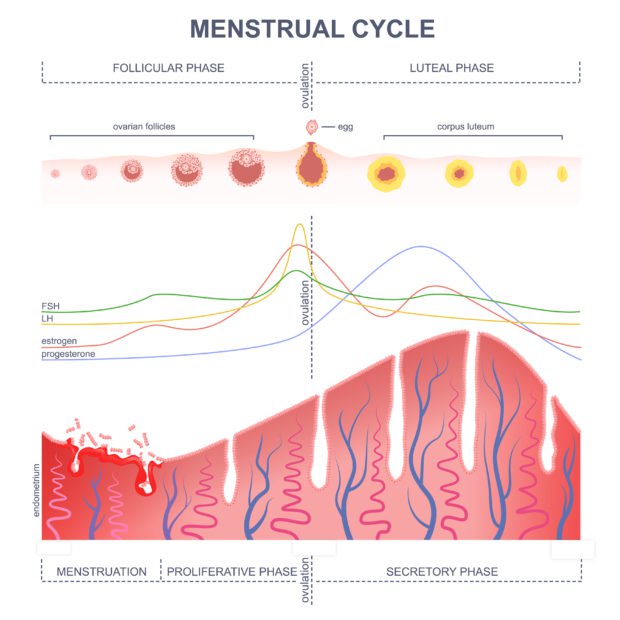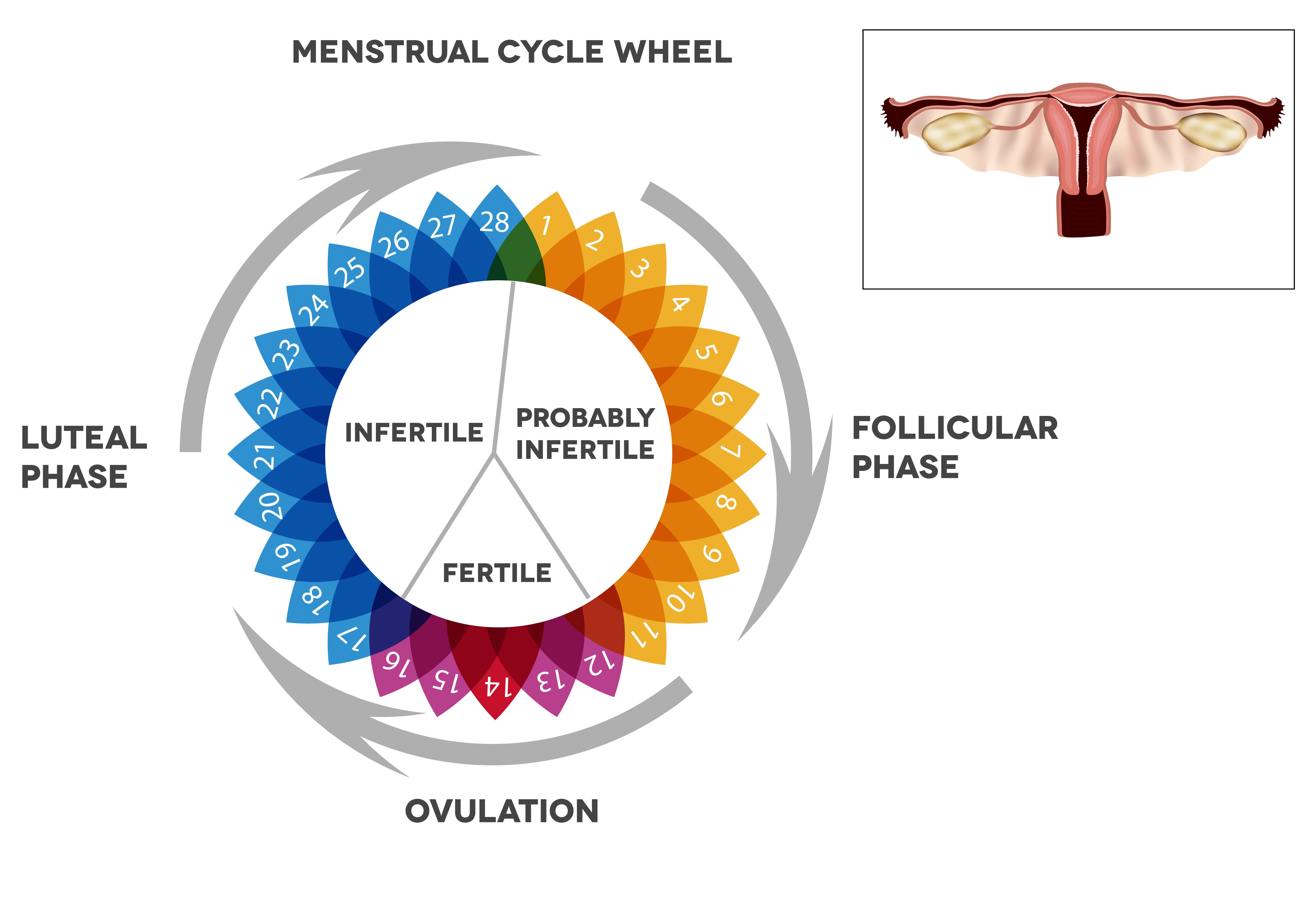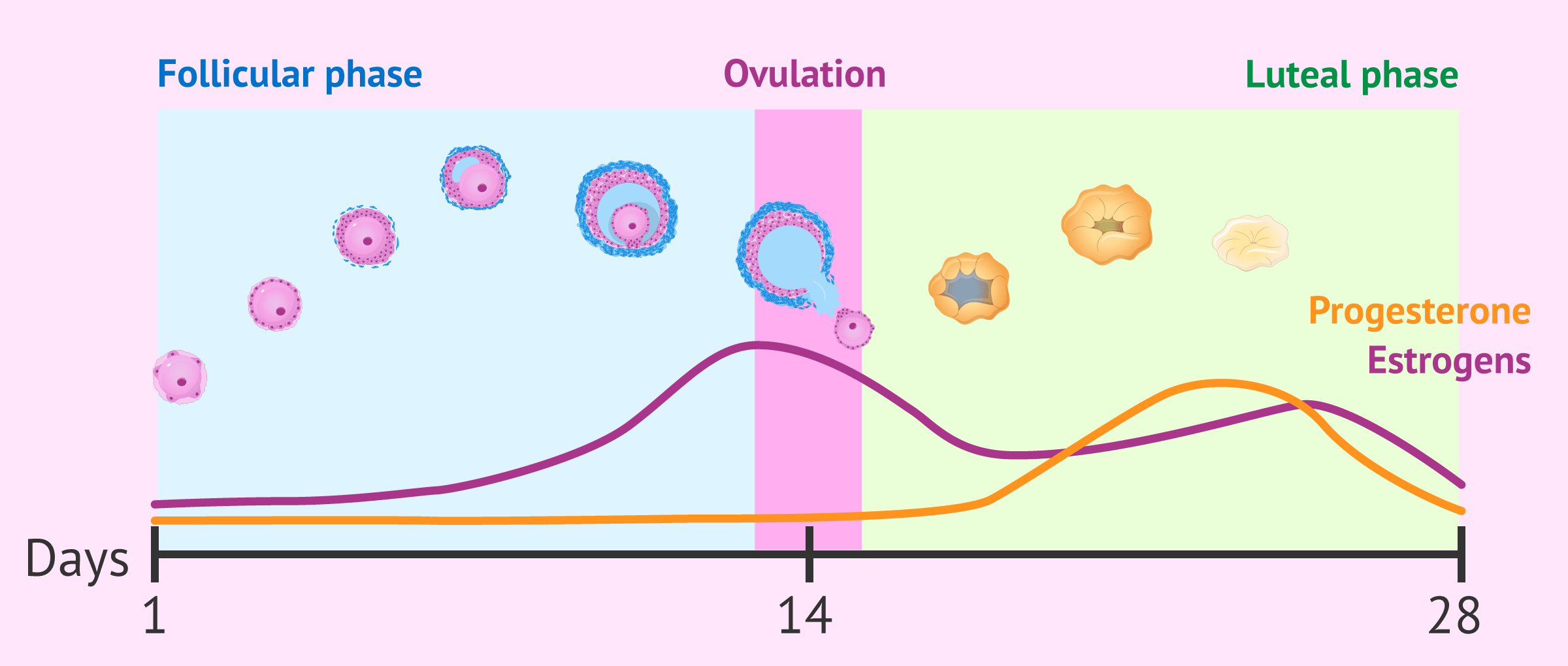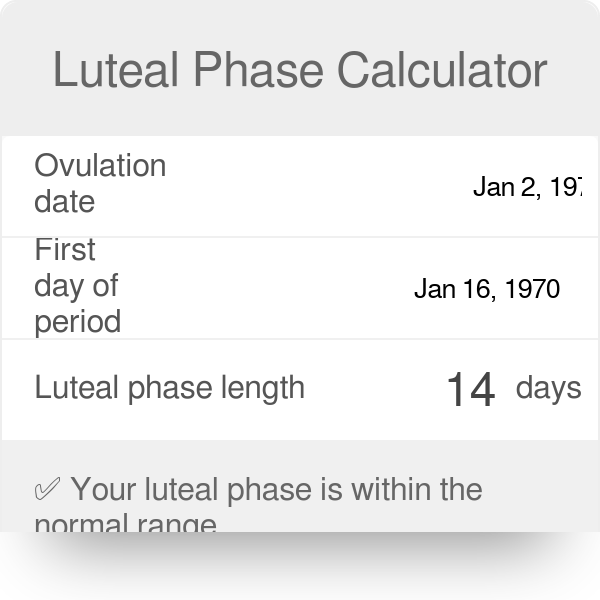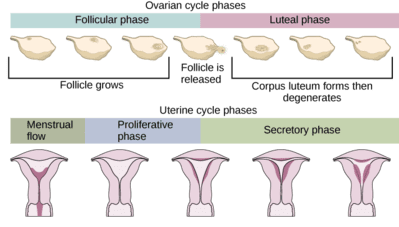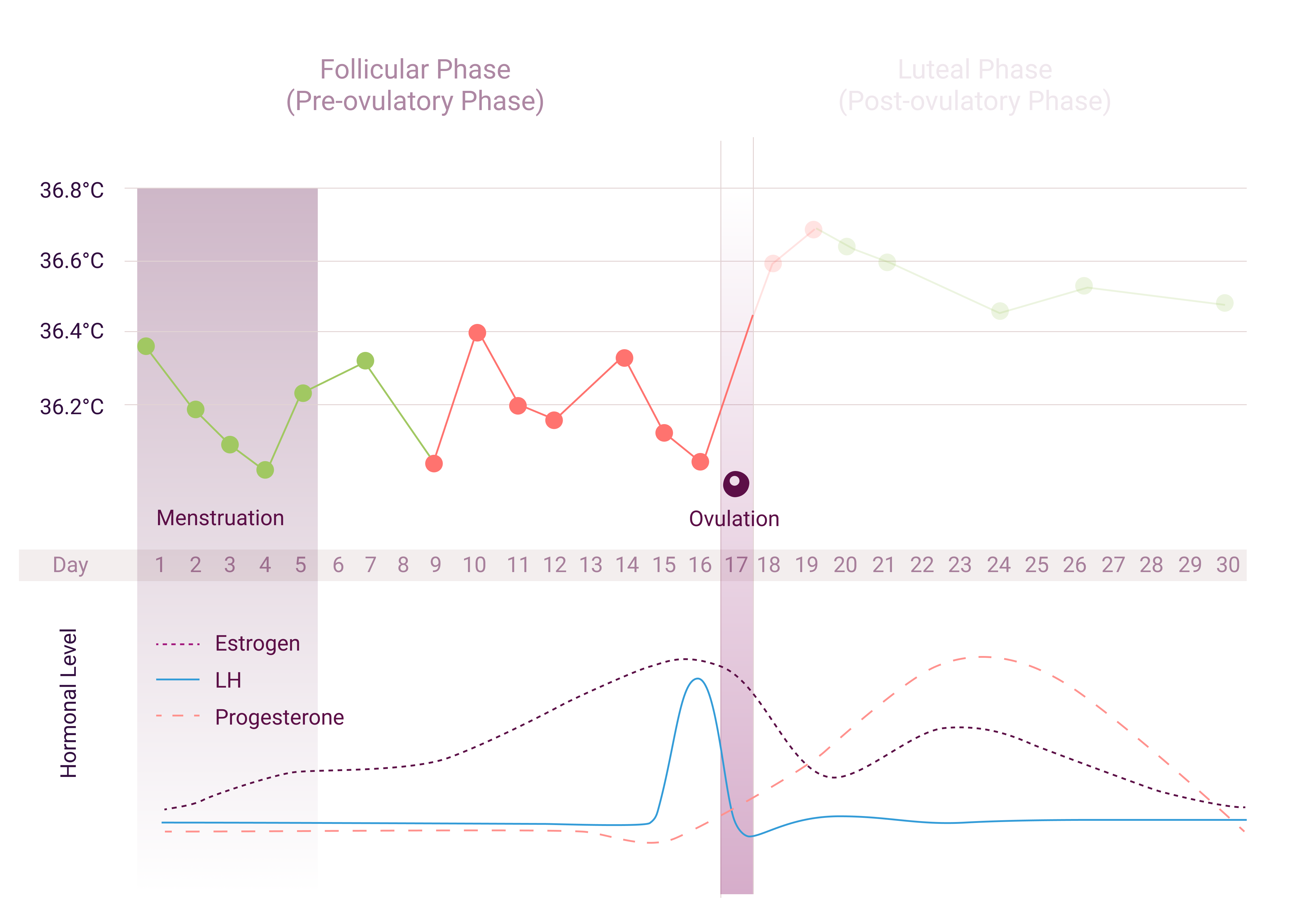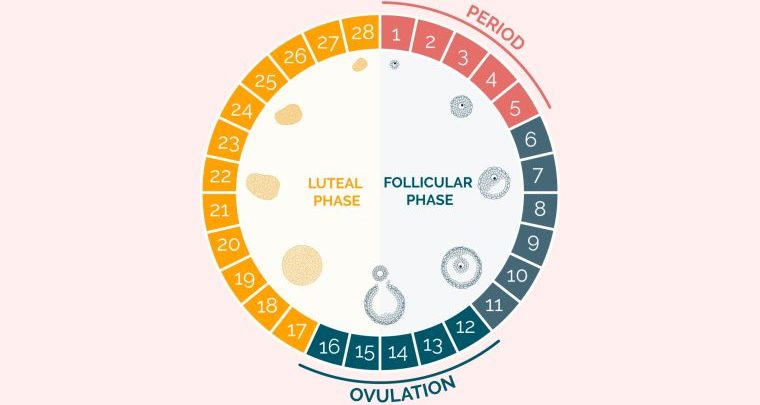Have A Tips About How To Detect Your Luteal Phase
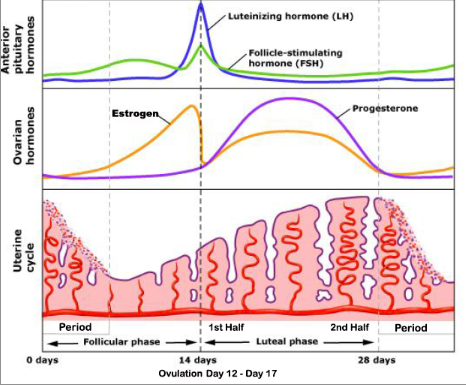
It may be hard for your doctor to pinpoint luteal phase defect as the source of your problems.
How to detect your luteal phase. Understanding your luteal phase via cervical mucus some women pay attention to the color and consistency of their cervical mucus to detect when they are close to ovulation. They may suggest blood tests that can help figure. There's no single test that can diagnose it.
Tracking fertility during the luteal phase. Although low progesterone levels, on day 7 after ovulation (or cycle day 21) may indicate a short luteal phase, there is no clearly defined minimum level required due to a lack of. An optimal luteal phase length (to allow adequate time for implantation to occur) is between 12.
A short luteal phase can be due to a variety of internal factors. If your luteal phase seems loooooonger than what’s considered normal, you could have a hormonal imbalance like polycystic ovary syndrome (pcos), so speak to your doctor to. You can count on it always being 11 to 13 days long.
Short and long luteal phases the luteal. Some symptoms of a luteal phase defect include: Extremely short luteal phase (less than 9 days) no fertile cervical mucus days (though there may be other reasons for this) pregnancy and your bbt chart can your bbt.
A study revealed that a luteal phase defect can increase up to the 7th cycle. Sure, when you’re waiting for your period to show up and you notice spotting, it’s easy to assume that you’re not pregnant. If the egg is fertilized, hcg is produced by the body and pregnancy tests are.
Some of the best foods to eat for luteal phase defect include: You can learn more about micronutrient needs in the first phase (follicular) of your cycle here and in. Even after your fertile window has closed for the current cycle, tracking your data can still help you predict your next ovulation, and help clue you in on.

